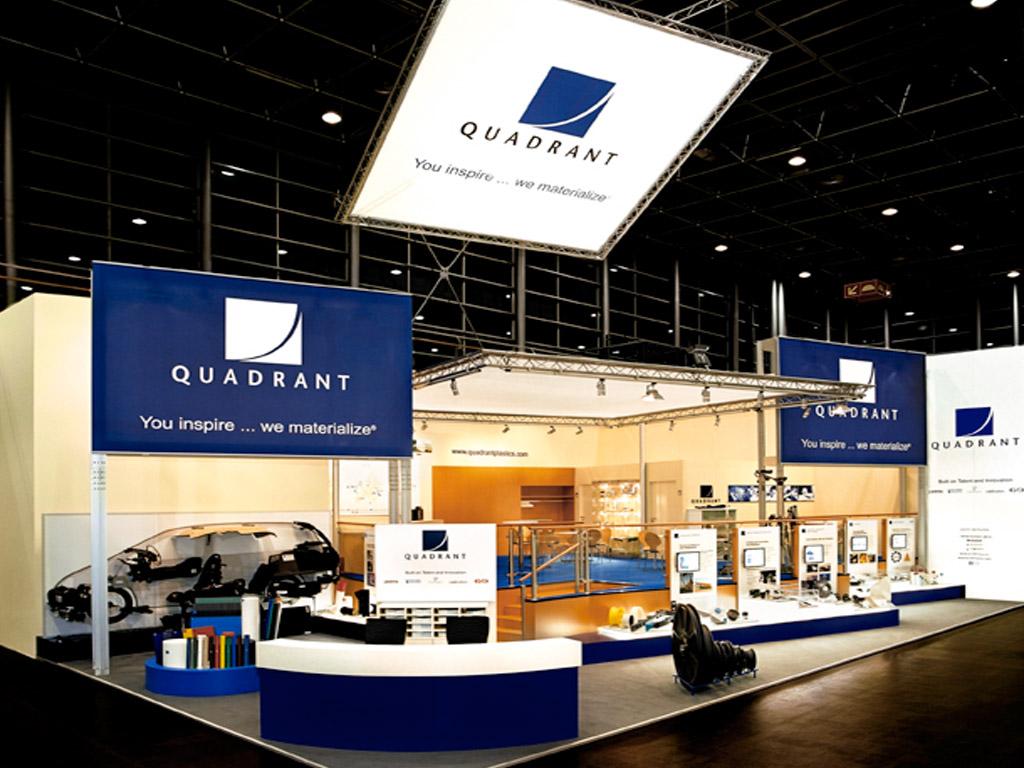Trade shows are an important marketing and business development opportunity for any company. They provide a platform to showcase your products or services, generate qualified leads, and meet potential customers face-to-face. However, it is easy to get swept away in the excitement of a trade show and miss opportunities or inadvertently turn people away due to mistakes. To make the most of your trade show investment and presence, here are 10 things you must avoid doing as an exhibitor and exhibition stand designer:
1. Not Having a Clear Objective:
Going to a trade show without a clear objective is like having an aimless walk. You need to know why you are attending – is it to generate leads, increase brand awareness, launch a new product, or get customer feedback?
Define your goals and desired outcomes upfront so you can plan your activities and follow-up accordingly. Vague or non-existent goals will result in an unproductive and inefficient trade show experience.
2. Not Preparing Sufficient Marketing Materials:
Don’t assume people will just flock to your booth. You need engaging marketing collateral to attract attention and start conversations. This includes brochures, flyers, product demos or samples, videos, leave-behinds, and giveaways.
Make sure you have enough quantities printed in advance. Running out of materials halfway through the show means missing opportunities to engage qualified leads. Thorough preparation will maximize your brand exposure.
Have A Look : Is Finance A Good Career Path? Exploring The Possibilities And Potential
3. Not Properly Staffing Your Booth:
An empty booth is a huge wasted opportunity. Make sure your booth is optimally staffed during all open show hours. This means scheduling enough knowledgeable representatives who can answer questions proficiently.
It is also important to have a variety of staff – from sales to operations to technical – to cater to diverse attendee interests. Rotating staff helps prevent fatigue and ensures fresh perspectives. Neglecting booth coverage damages your presence and connectivity with potential customers.
Have A Look : Travis Scott Net Worth, Lifestyle In 2024
4. Not Following Up With Contacts and Leads:
Collecting dozens of business cards is pointless if you don’t follow up properly. Immediately after the show, qualify each lead by calling or emailing within 24 to 48 hours. Then categorize them based on interest level and next steps.
Nurture warm leads with timely communication, offers, content, etc. Neglecting follow-up is like money down the drain – you lose the momentum and interest generated at the show. Continuous contact ensures you maximize lead conversion.
Have A Look : Which Asset Cannot Be Depreciated?
5. Not Managing Your Booth Design and Workflow:
From flooring to signage to giveaway placement, each element of your booth should be carefully planned. Consider traffic flow, interactive areas, and the ability to comfortably disseminate information. Display dynamic demos, content, and products in an eye-catching yet organized manner.
Leverage technology if possible for engagement. Sloppy booth infrastructure creates a disorganized impression and disrupts workflow. Professional trade show stand design maximizes brand visibility and leads generation.
Have A Look : How To Screenshot On HP Laptop?
6. Not Knowing Your Competition:
Doing competitive research ahead of the show is important for two key reasons. One, it prepares your team to answer questions about how you differentiate yourself. Two, it helps identify opportunities to meet and network with complementary businesses for potential partnerships.
Wandering cluelessly at a trade show makes you appear unprepared. Take time to understand your competitors’ offerings so you speak with confidence about your unique value proposition.
Have A Look : What Is Doodle For Google?
7. Not Interacting with Attendees:
Passively standing behind your booth hoping people approach you is a recipe for failure. Send representatives to actively visit other company booths, introduce themselves, and start warm conversations. Confidently approach groups of attendees to introduce your company or product, while being sure not to aggressively sell.
Trade shows are also about making valuable connections – so take time to listen, exchange contact details and set up future catch-ups. Proactive engagement is key versus passive stagnation behind your booth.

